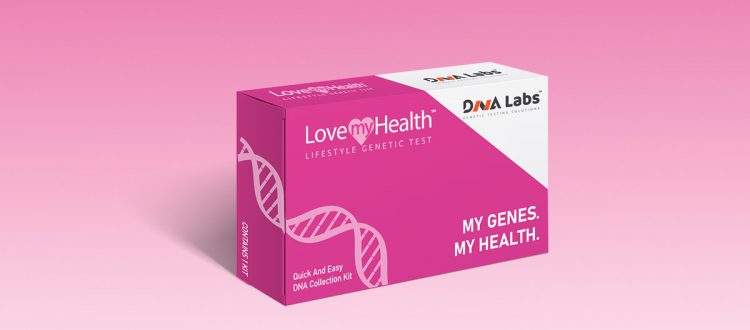Exploring the Intersection of Genetics and Physical Fitness
As we welcome sunnier days, many of us are looking forward to spending more time outdoors and getting active. Whether you’re keen on shaping up for the beach or simply aspiring to enhance your overall health, exercise is a universally beneficial pursuit. Besides fostering physical fitness, it can also significantly uplift our mental wellness.
Our genes have a say in several factors that influence our physical fitness. They can assist in determining the optimal workout regimen aligned with our unique genetic blueprint. The clues our genes offer extend to our predisposition to injuries, the rate of recovery post-workout, the role of exercise in managing Type 2 Diabetes, our pain threshold, natural predisposition towards physical activity, and the health of our bones. In this issue, we will delve into three aspects: exercise recovery, bone health, and motivation.
Recovery – The essence of exercise, whether weightlifting or running, lies in the “positive stress” it imparts on muscle fibers. Adequate rest between exercise sessions is crucial for effective muscle recovery and strengthening. Each individual’s recovery is unique and significantly influenced by their genetic make-up. To gauge the efficacy of our body’s recovery process, we can examine genetic markers related to inflammation and detoxification. Although every individual experiences inflammation and free-radical production during exercise, the rate at which these are cleared varies. If your genes indicate a slower clearance rate, longer rest periods between workout sets, or natural substances such as antioxidants, NAC, or Omega 3, may prove beneficial. Knowledge of your genetic variations in the IL6, IL6-R, CRP, TNFa, and SOD2 genes can be instrumental in devising an effective workout routine and injury prevention.
Bone Health – As vertebrates, our bone health is paramount. Bones provide the necessary structure and support to our nervous system, blood vessels, organs, and muscles. The constant cycle of bone remodeling is vital for maintaining bone strength and health. Certain exercises, such as balance training, weight-bearing aerobic activity, and strength training, promote this process. By studying genes that influence bone formation, like the VDR gene which encodes the Vitamin D Receptor, we can assess our risk for bone loss and how to tailor exercise to enhance bone strength, mineral density, structure, and quality.
Motivation – Intriguingly, our genes also influence our behavior, including our drive to exercise. Some individuals naturally enjoy physical activity, whereas others are more inclined towards sedentary habits. Recognizing our motivational tendencies can help tailor an exercise plan that aligns with our inherent inclinations. Variations in genes encoding the Leptin Receptor (LEPR) and Brain-Derived Neurotrophic Factor (BDNF) have been associated with exercise motivation and response. Acknowledging these genetic variations can enhance self-awareness. If our genes indicate a lower motivation for exercise, implementing measures such as workout buddies or scheduled classes could significantly improve our consistency in staying active.
We’re eager to hear from those who’ve undertaken our LoveMyHealth test and implemented recommendations from the physical fitness section of the report. Your experiences and insights are greatly valued.
In the meantime, get outside and enjoy the benefits of being active!

Dr. Aaron Goldman, PhD
Chief Science Officer

